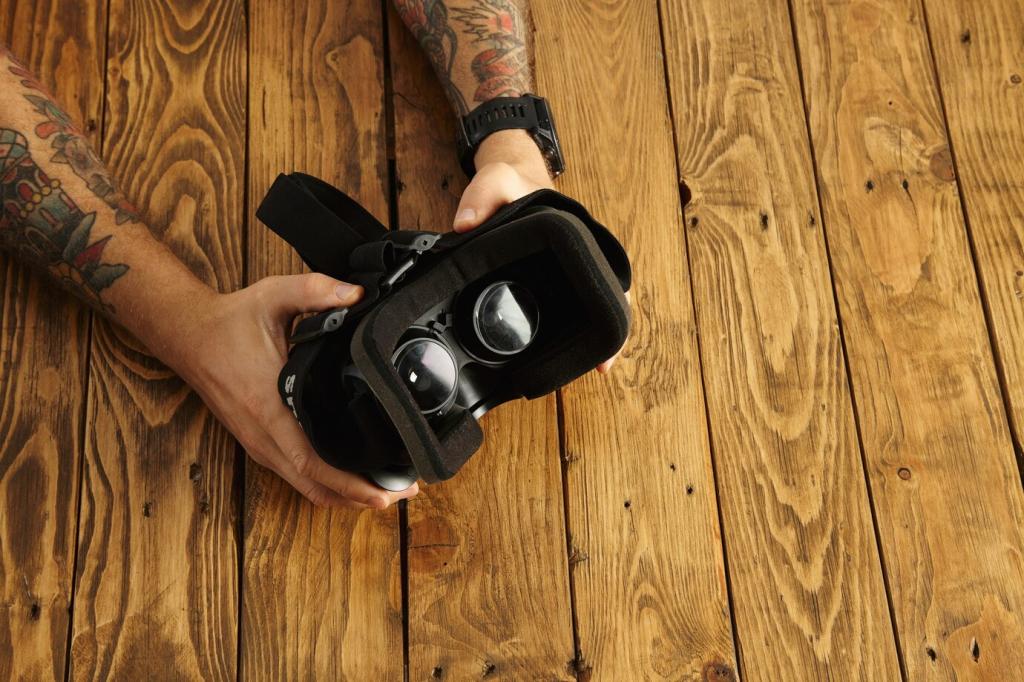Editing Tips for Stunning Astrophotography
Chosen theme: Editing Tips for Stunning Astrophotography. Bring faint nebulas, razor stars, and honest colors to life with smart, careful processing. Stay with us, share your results, and subscribe for weekly deep-sky editing challenges.


Use Robust Rejection Algorithms
Winsorized sigma clipping and linear fit clipping reduce satellites, planes, and cosmic rays without crushing real signal. The more subs you add, the stronger the statistical power and the smoother your final background.

Align Precisely and Consider Drizzle
Sub-pixel alignment with high-quality star detection preserves detail. If your data are undersampled, 2x drizzle can recover resolution, though it increases noise. Evaluate results at 100% before committing to the bigger file.

Weight Your Subs by Quality Metrics
Score frames by FWHM, eccentricity, and sky background. Discard soft or trailed subs even if it hurts the stack count. One windy night, rejecting ten frames saved my stars and tightened overall detail.
Noise Reduction with Respect for Detail

Build luminance masks to protect bright structures and stars, then apply multiscale noise reduction to the background. Taming coarse and fine noise separately keeps dust lanes crisp and avoids plastic-looking nebulosity.
Stretch Gracefully: Reveal Without Blowing Highlights
Use small, iterative stretches, checking the star cores after each move. Lift the midtones with curves while pinning the black point cautiously to avoid clipping. Patience preserves both color and structure.
Stretch Gracefully: Reveal Without Blowing Highlights
Arcsinh stretches increase brightness while holding star hues, preventing the white-out look. Masked stretch methods further protect highlights so you can show nebulosity without sacrificing warm K-type or blue O-type star colors.

Color Honesty: Calibrate, Balance, and Neutralize
Photometric Color Calibration
Match star colors to catalog values under your optical system. This anchors the entire palette and prevents neon nebulas. Accurate stars create a believable baseline for measured saturation and selective color accents.

Stars and Structure: Control, Sharpen, and Finish
Star Masks and Reduction with Restraint
Create tight star masks, reduce just enough to separate star fields from nebulosity, and avoid halos. A tiny morphological touch or dedicated star reduction tool can dramatically improve readability without looking processed.
Selective Sharpening and Deconvolution
Apply deconvolution or local contrast only where signal supports it, guided by masks. Over-sharpening amplifies noise and ringing. Focus on high-SNR regions—galaxy cores, dust lanes, or bright knots—leaving smooth backgrounds untouched.
Final Polish, Export, and Share
Tidy color balance, check for gradients at multiple scales, and convert to sRGB for web while preserving a 16-bit master. Add thoughtful captions, then subscribe and share your workflow so others can learn from your path.
